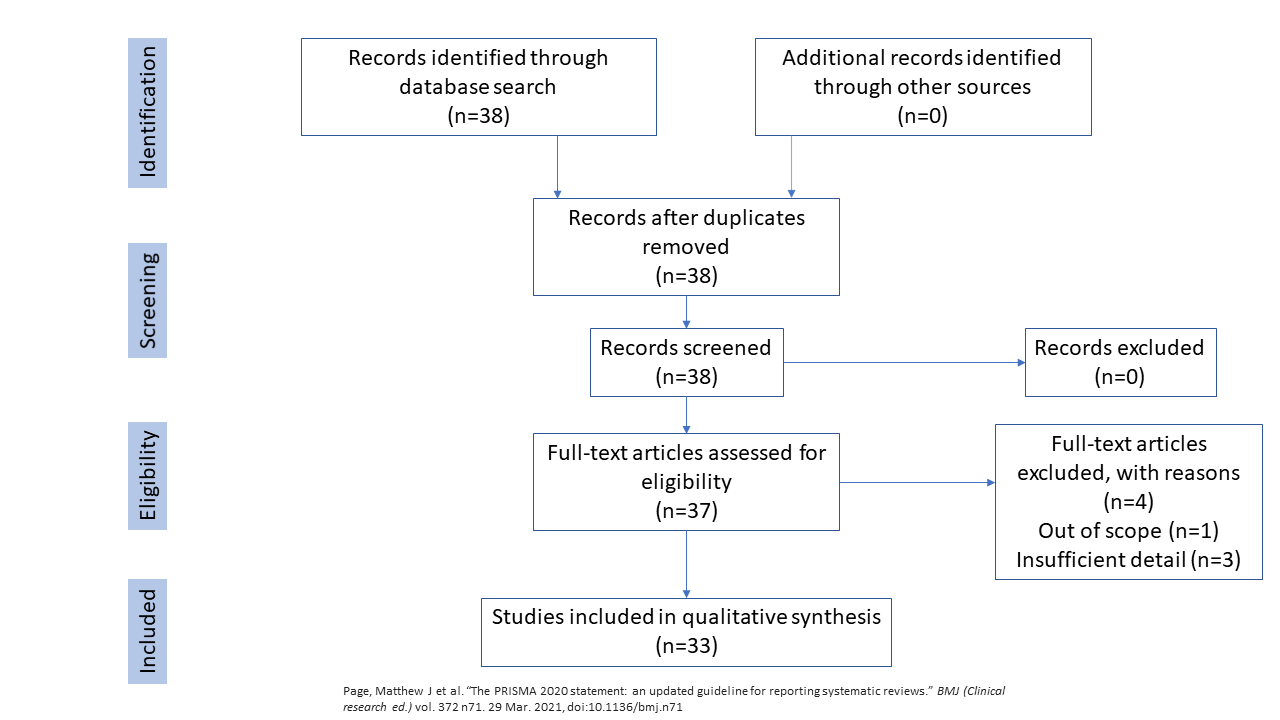Category: Spasticity
Objective: The objective of our systematic review was to provide a review of hereditary spastic paraplegias (HSPs) regarding their genotype and clinical presentations.
Background: Hereditary spastic paraplegias are a heterogenous group of neurodegenerative disorders affecting the corticospinal tracts and they predominantly present with lower extremity spasticity and weakness. HSPs are inherited in an autosomal dominant, autosomal recessive, X-linked recessive, and mitochondrial inheritance pattern with over 80 documented loci or genes. Autosomal dominant HSP is the most prevalent type and found in approximately 75%-80% of affected individuals.
Method: We performed systematic literature search via PubMed, using the following strategy and key words: ((spast[Title/Abstract]) OR (reep1[Title/Abstract]) OR (atl1[Title/Abstract])) AND (hereditary spastic paraplegia[Title/Abstract]) and reported findings according to PRISMA method. We analysed 3 causative genes (ATL1, REEP1, SPAST) associated with autosomal dominant type of hereditary spastic paraplegias. 33 articles including 78 participants met all of the inclusion criteria. Inclusion criteria were presence of a movement disorder and a clearly indicated pathogenic genetic variant in one of the three genes.
Results: Of the 78 patients whose data were collected, 59 patients carried the pathogenic variant of the SPAST gene (76%). 3 patients were asymptomatic (5%). The age of onset of symptoms ranged from 1st to 8th decade. Difficulty in walking, caused by progressive weakness and spasticity of the lower extremities was a common symptom. Cognitive decline and memory impairment were also seen.
11 patients carried pathogenic variants of the REEP1 gene (14%). 2 patients were asymptomatic (18%). The age of onset can show a broad spectrum of intrafamilial variability. Gait disturbances due to spasticity of the lower limbs hyperreflexia, and clonus are common symptoms in pathogenic variants of the REEP1 gene.
8 patients carried pathogenic variants of the ATL1 gene (10%). Except for 1 patient, the age of onset was between infancy and early childhood (87.5%, n=7). The patients had symptoms such as general hypertonia and hypokinesia, slowly progressive leg spasticity and weakness, severe spastic quadriplegia.
Conclusion: Our review provides an overview of the different symptoms associated with 3 common genes that cause HSP.
To cite this abstract in AMA style:
ED. Aksoy, İ. Işık. Hereditary spastic paraplegia caused by mutations in SPAST, REEP1, or ATL1: A systematic review [abstract]. Mov Disord. 2022; 37 (suppl 2). https://www.mdsabstracts.org/abstract/hereditary-spastic-paraplegia-caused-by-mutations-in-spast-reep1-or-atl1-a-systematic-review/. Accessed January 7, 2026.« Back to 2022 International Congress
MDS Abstracts - https://www.mdsabstracts.org/abstract/hereditary-spastic-paraplegia-caused-by-mutations-in-spast-reep1-or-atl1-a-systematic-review/

